How to See the Best Meteor Showers: Shooting Stars
What is Meteor Shower?
A meteor shower is a celestial event in which a number of meteors are observed to radiate from one point in the night sky. These meteors are caused by streams of cosmic debris called meteoroids entering Earth's atmosphere at extremely high speeds on parallel trajectories. Most meteors are smaller than a grain of sand, so almost all of them disintegrate and never hit the Earth's surface. Intense or unusual meteor showers are known as meteor outbursts and meteor storms, which may produce greater than 1,000 meteors an hour.
What is Meteor?
A meteor is the visible path of a meteoroid that has entered the Earth's atmosphere. Meteors typically occur in the mesosphere, and most range in altitude from 75 km to 100 km. Millions of meteors occur in the Earth's atmosphere every day. Most meteoroids that cause meteors are about the size of a pebble. They become visible between about 40 and 75 miles (65 and 120 kilometers) above the Earth. Most meteors are, however, observed at night as low light conditions allow fainter meteors to be observed.
Meteors may occur in showers, which arise when the Earth passes through a trail of debris left by a comet, or as "random" or "sporadic" meteors, not associated with a specific single cause. A number of specific meteors have been observed, largely by members of the public and largely by accident, but with enough detail that orbits of the incoming meteors or meteorites have been calculated. All of them came from orbits from the vicinity of the asteroid belt.
How to See the Best Meteor Showers
Whether you're watching from a downtown area or the dark countryside, here are some tips to help you enjoy these celestial shows of shooting stars. Those streaks of light are really caused by tiny specks of comet-stuff hitting Earth's atmosphere at very high speed and disintegrating in flashes of light.
First a word about the moon - it is not the meteor watcher's friend. Light reflecting off a bright moon can be just as detrimental to good meteor viewing as those bright lights of the big city. There is nothing you can do except howl at the moon, so you'll have to put up with it or wait until the next favorable shower. However, even though the 2010 Perseids and Geminids share the night sky with the moon, they are still expected to produce more visible meteor activity than other major showers that don't have an interfering moon.
The best thing you can do to maximize the number of meteors you'll see is to get as far away from urban light pollution as possible and find a location with a clear, unclouded view of the night sky. If you enjoy camping, try planning a trip that coincides with dates of one of the meteor showers listed below. Once you get to your viewing location, search for the darkest patch of sky you can find, as meteors can appear anywhere overhead. The meteors will always travel in a path away from the constellation for which the shower is named. This apparent point of origin is called the "radiant."
Whether viewing from your front porch or a mountaintop, be sure to dress for success. This means clothing appropriate for cold overnight temperatures, which might include mittens or gloves, and blankets. This will enable you to settle in without having to abandon the meteor-watching because your fingers are starting to turn colors.
Next, bring something comfortable on which to sit or lie down. While Mother Nature can put on a magnificent celestial display, meteor showers rarely approach anything on the scale of a July 4th fireworks show. Plan to be patient and watch for at least half an hour. A reclining chair or ground pad will make it far more comfortable to keep your gaze on the night sky.
Lastly, put away the telescope or binoculars. Using either reduces the amount of sky you can see at one time, lowering the odds that you'll see anything but darkness. Instead, let your eyes hang loose and don't look in any one specific spot. Relaxed eyes will quickly zone in on any movement up above, and you'll be able to spot more meteors. Avoid looking at your cell phone or any other light. Both destroy night vision. If you have to look at something on Earth, use a red light. Some flashlights have handy interchangeable filters. If you don't have one of those, you can always paint the clear filter with red fingernail polish.
Source: NASA
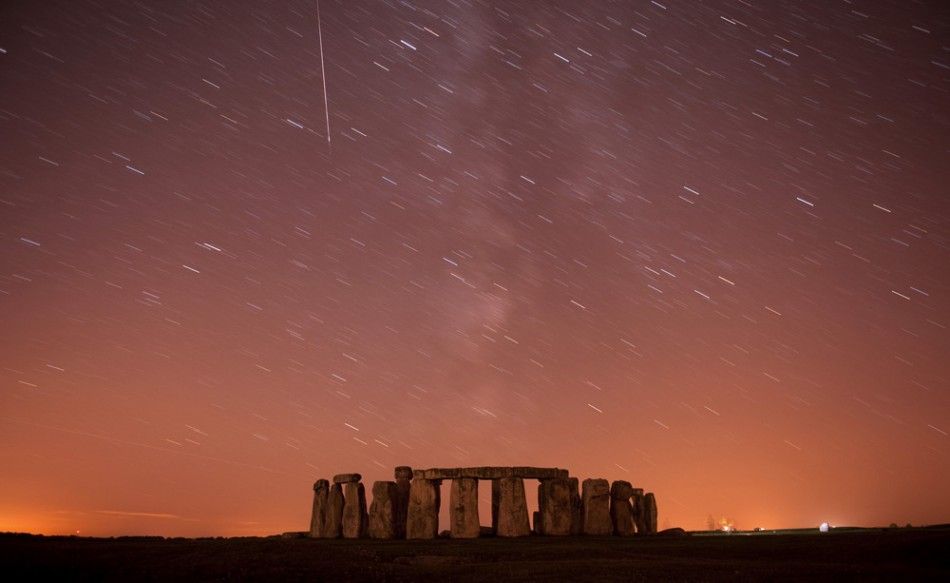

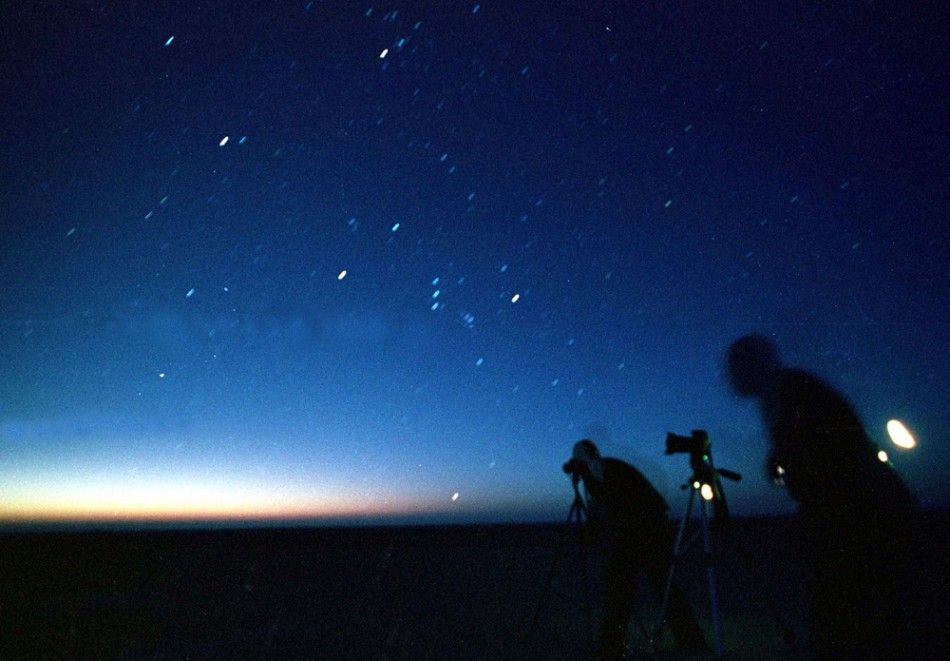
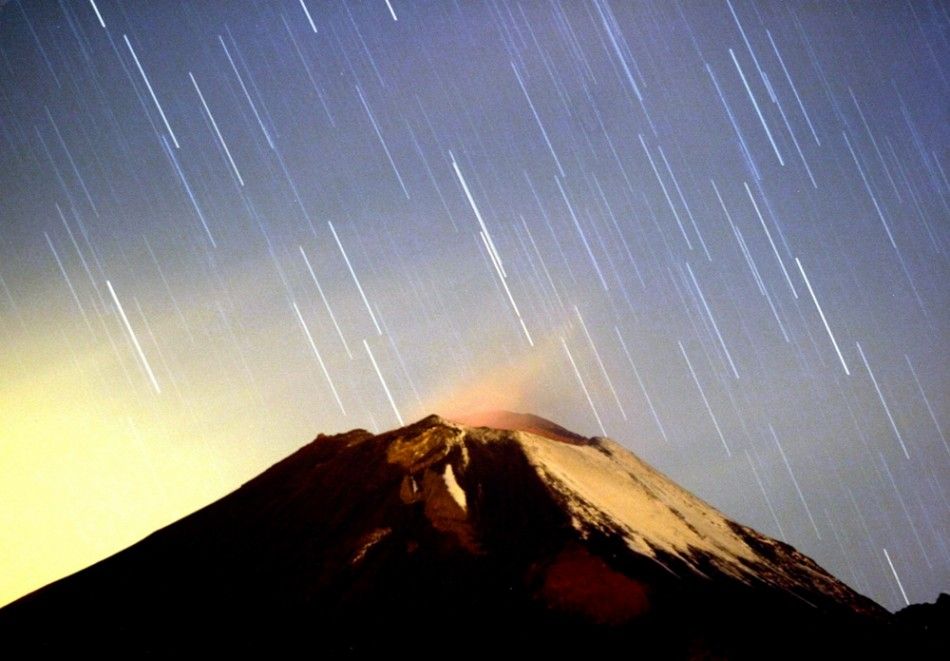
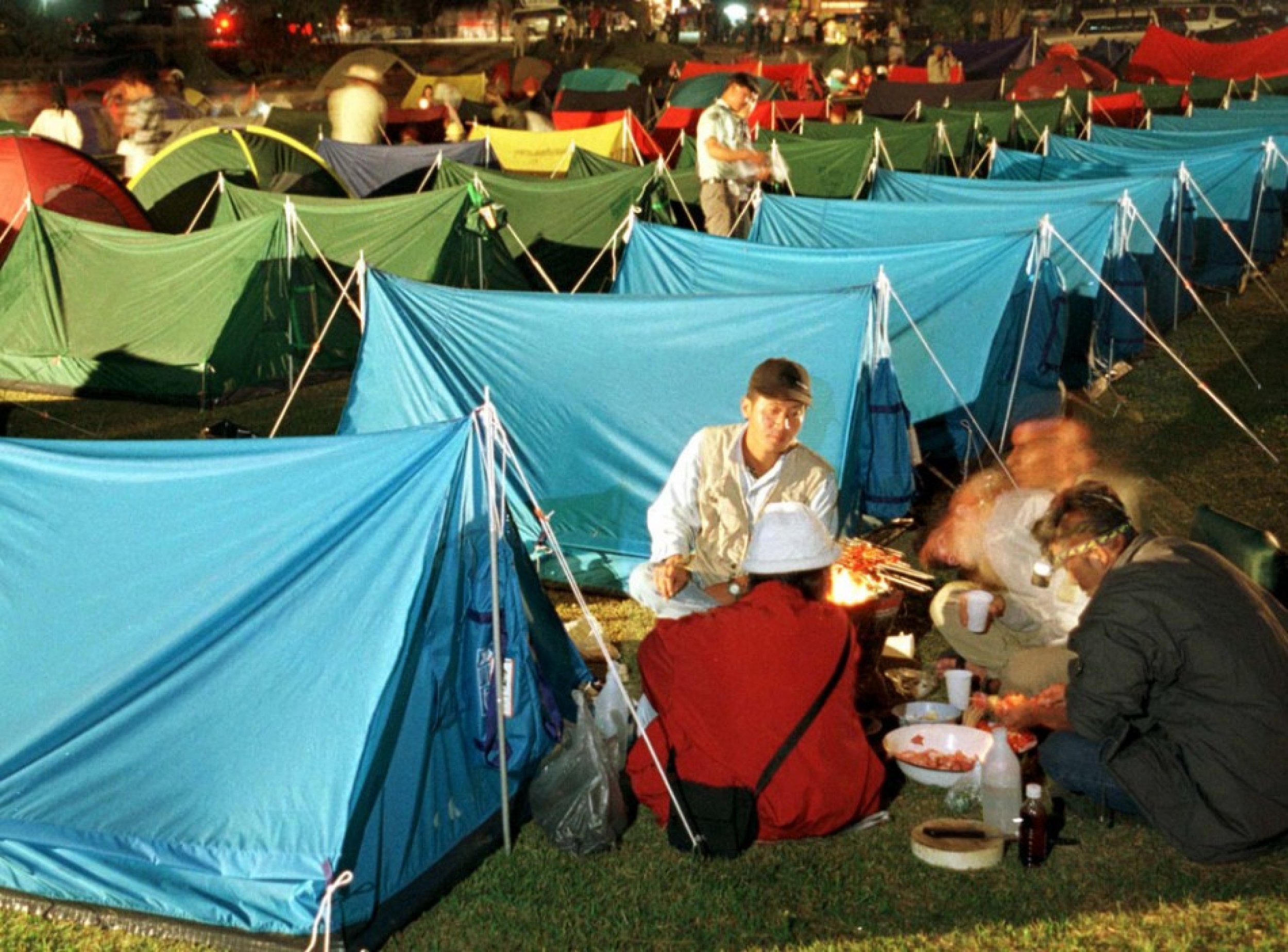
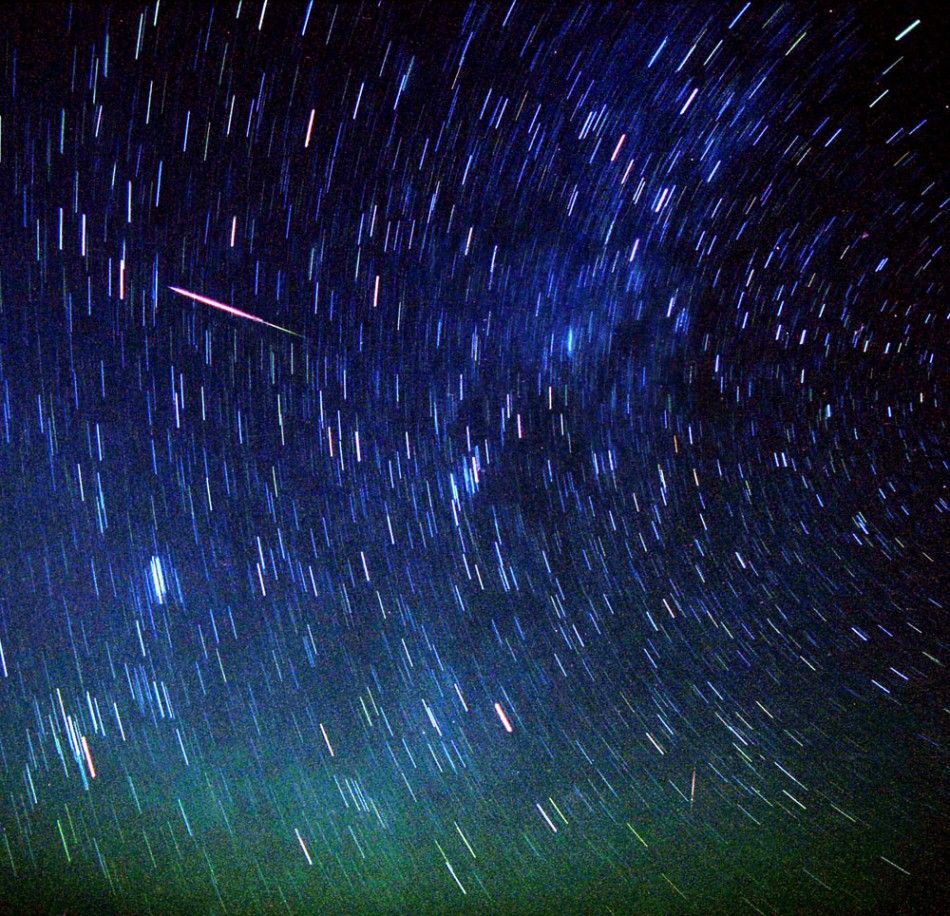

© Copyright IBTimes 2024. All rights reserved.





















